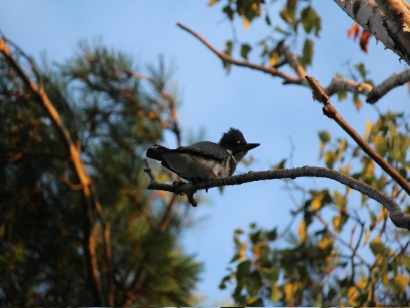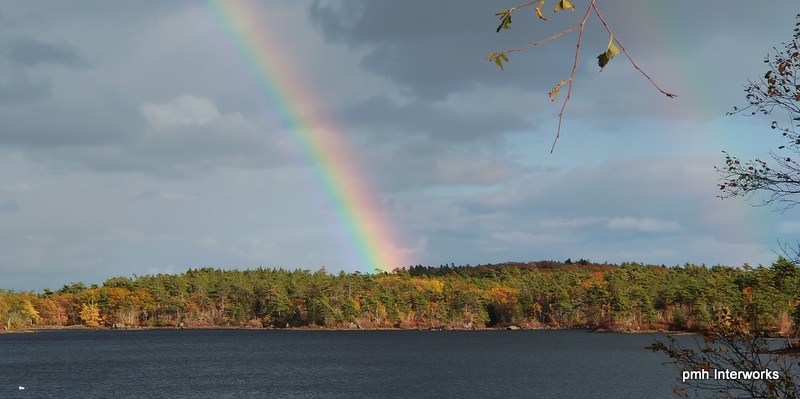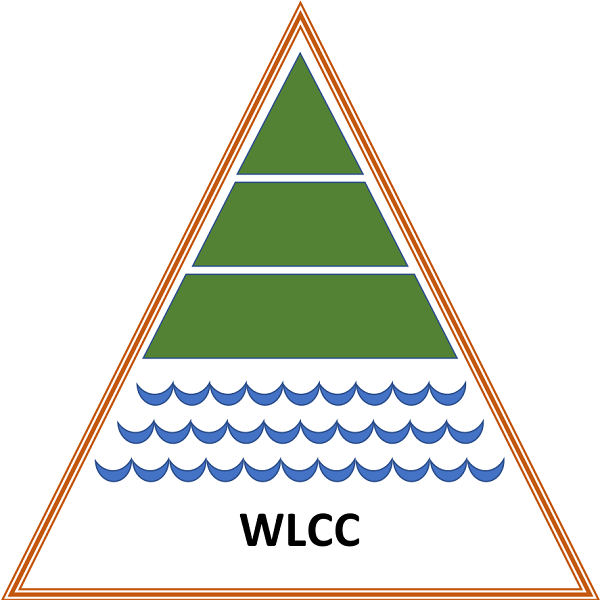Halifax’s New Shaw Wilderness Park
Kathleen Hall, WLCC
[The following article was originally written for the Chebucto Hiking Club]
In the fall of 2011 a large parcel of land formerly known as the McCurdy estate was sold to Clayton Developments, the real estate arm of The Shaw Group. The 379 acres is located between Williams and Colpitt Lakes and is a 5 km drive from the Halifax downtown core. One kilometre of the shoreline of Williams Lake is included in the parcel. Soon after the sale, the Williams Lake Conservation Company (WLCC), a volunteer environmental group existing since 1968, met with senior staff of Clayton Developments. Other developments built by the company were outlined as well as a general plan for the land which would become a home for many thousands of people.
The WLCC retained the services of two professors of the Dalhousie School of Architecture and Planning who prepared a study of the important environmental and community assets. The conclusion of the report was that because of the topography of the land which includes large ‘whaleback’ outcroppings of granite, numerous wetlands and pristine forest stands, no area would permit large scale development. Discussions with both the Nova Scotia Nature Trust and the Nature Conservancy of Canada were also pursued. These charitable, non-adversarial groups stressed the importance of obtaining both a bird study and a flora study.

Accordingly, Fulton Lavender, a local birding expert, authored a study in 2012. He found that more than 40 species of birds bred in or passed through the land on their migration path. A flora study was jointly undertaken by Dr. David Patriquin and Dr. Nick Hill. This study concluded that the combination of the Jack Pine and Crowberry Barrens found on the land is ‘nationally unique to Nova Scotia, globally rare and of high conservation significance’. Both studies were given to the two organizations noted above.
Several months before the land was sold to Clayton Developments, Halifax Regional Council approved funding for a feasibility study to consider the extension of water and sewer further south on the Purcell’s Cove Road. Historically this had always been a contentious topic in the area. Essentially the sentiments of most of the residents focused on the potential for extreme costs to taxpayers given the large lots and the preponderance of shallow bedrock. Also, it was felt that the services might bring large scale development to the area. The engineering firm CBCL was awarded the study contract and Council chose individuals to sit on a Community Steering Committee. The public sessions were commenced and several months later a charette was held at a community facility. The public came to view maps of the proposed development and express their views in small groups. Over 150 people participated and all but one indicated they did not want an extension of the services. Following a meeting, held at the initiation of the community, 4 members of the Community Steering Committee resigned. Soon after the local community council voted to discharge the committee of its duties and this was later supported by Halifax Regional Council. The CBCL report was filed.
The community soon used the momentum created by the aborted service study to create the Backlands Coalition. This amalgamation of 10 local environmental groups including the WLCC was formed in early 2014. At that time the Coalition was able to participate in the Regional Plan review and advocate for no development in the Backlands. A large petition was circulated in the area and then filed with Council. To everyone’s surprise Clayton Developments withdrew its request for a rezoning of its land and embraced the notion of public ownership. Part of the new regional plan, passed later in 2014, included a greenbelt. Staff was directed to provide a study of this concept and the result was the Halifax Green Network Plan (HGNP) which was unanimously adopted by Council. Currently the next mandatory 5 year review of the Regional Plan is beginning and it is hoped that the recommendations of the HGNP become imbedded in the new plan.
In April, 2016, Alan Shaw, Chairman of the Board of the Shaw Group, and Craig Smith, Director of the Nova Scotia division for the Nature Conservancy of Canada (NCC), made a presentation to Council asking that a partnership be considered between The Shaw Group, NCC and Halifax Regional Municipality (HRM) to create an urban Wilderness Park. Council listened and requested a staff report. Meanwhile, community members made presentations to key officials such as the Director of Parks and Recreation and the acting Chief Financial Officer for HRM. Also, during the summer of 2016, a directed letter campaign was initiated to convince Council that the urban Wilderness Park should be approved. In August, 2016 a public engagement forum was attended by 120 people. A positive staff report was tabled and a fund raising campaign commenced. The overall cost of the project was $8 million. The land was purchased by HRM and funds from both the federal and provincial governments and private donations were secured.

After a public hearing in August, 2018 Council unanimously approved the creation of the park. HRM came to own the land and the NCC holds a conservation easement in perpetuity. This means that the land will forever exist in its wild state for the citizens of HRM. It is currently operated by HRM and, in time, community partners will be found for the long term management. The park was officially opened on January 20, 2020. The entrance to the park can be found off the Purcell’s Cove Road across from the Royal Nova Scotia Yacht Squadron. There is a parking lot and a beautiful trailhead which winds its way to the shore of Williams Lake beside Lawson’s Creek. Other trails exist in the park, but they will be left in their natural state.
In these times of Covid-19 it is a blessing that the citizens of HRM have this incredible park. Please make sure you put it on your hiking list.

